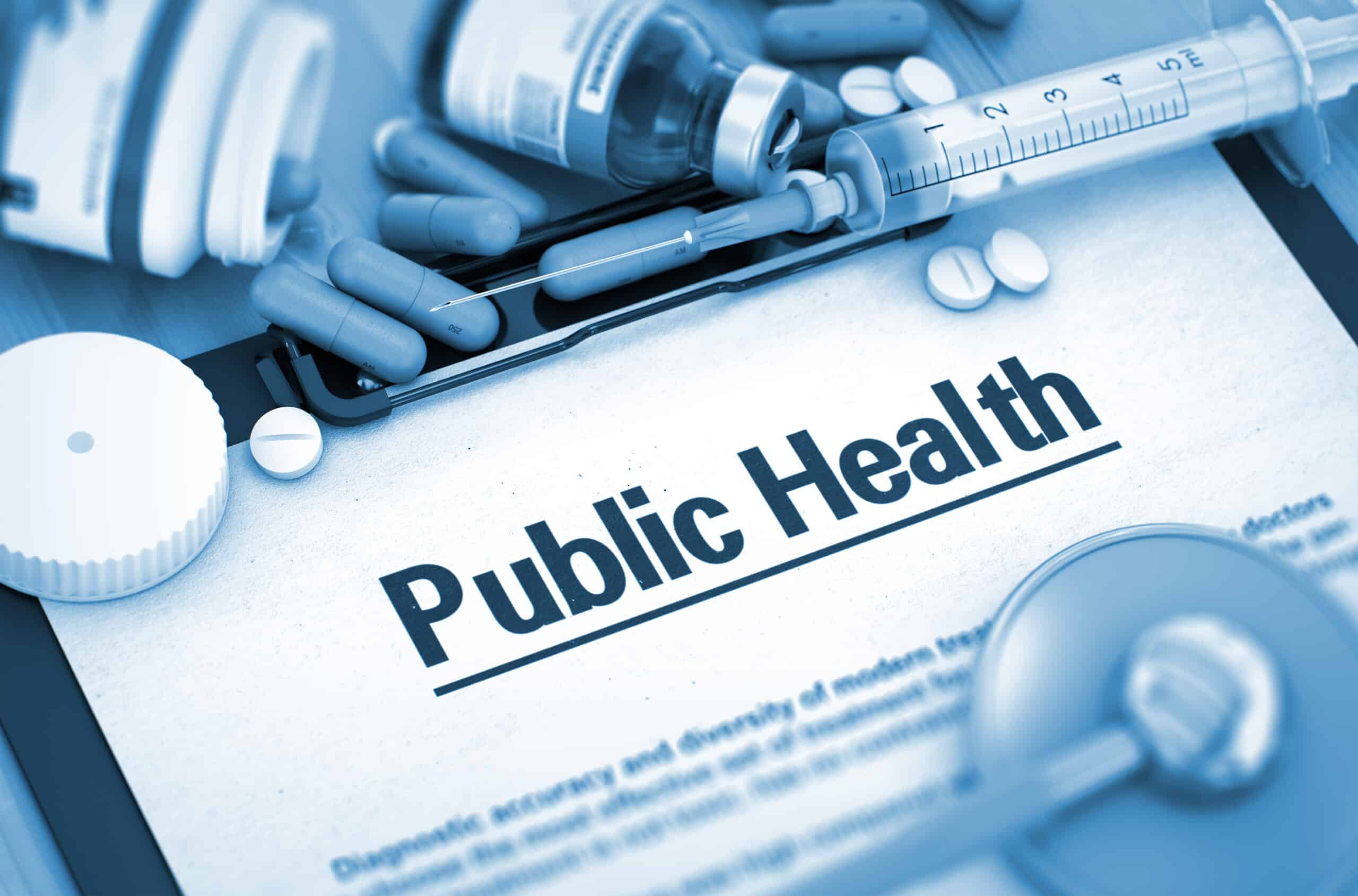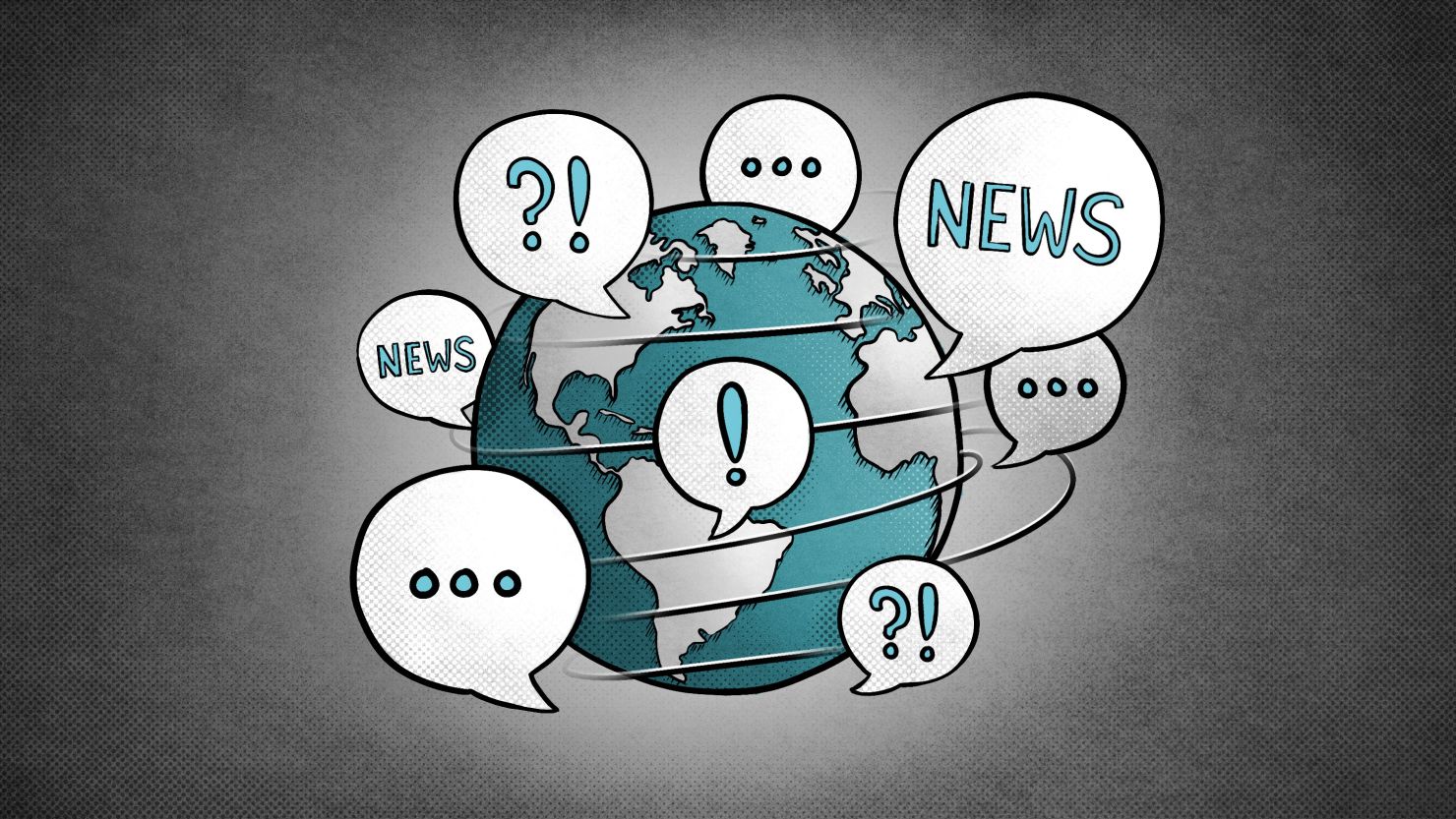Medical Censorship vs Free Speech: Where Is the Line?
Medical Censorship vs Free Speech: Where Is the Line? In a world awash with health-related discourse, the tension between safeguarding public welfare and preserving individual expression has never been more palpable. On one side, regulatory bodies and platforms seek to excise harmful or misleading claims. On the other, advocates of unfettered discourse decry the suppression of alternative viewpoints. This dialectic of medical censorship and free speech prompts a fundamental question: When does prudential intervention morph into unwarranted silencing?

Defining the Terrain
What Constitutes Medical Censorship?
Medical censorship and free speech intersect at the crossroads of public health and civil liberties. Medical censorship encompasses any mechanism—government edicts, platform policies, or institutional mandates—that restricts the dissemination of health information deemed erroneous, dangerous, or unverified.
- Top-down edicts: Laws criminalizing the spread of “false” medical claims.
- Platform policies: Social media takedown notices and deplatforming of health dissenters.
- Institutional guidelines: University codes that limit research publication without official clearance.
The Pillars of Free Speech
Free speech, enshrined in constitutions and human rights charters, champions the right to articulate ideas—even those that provoke discomfort. It rests on several cornerstones:
- Marketplace of ideas: Trust that truth emerges from open debate.
- Individual autonomy: Respect for personal agency in expressing beliefs.
- Democratic accountability: Ensuring that power structures remain subject to critique.
The interplay of these principles generates a complex lexicon in which medical censorship and free speech continually negotiate boundaries.
Historical Vignettes: Precedents of Control and Dissent
From medieval inquisitions that punished “heretical” healers to 19th-century quarantines justified by public safety, the annals of medicine are replete with episodes of suppression. During the 1918 influenza pandemic, dissenting physicians who questioned official mortality figures were sidelined. In more recent decades, debates over alternative cancer treatments have seen patients’ testimonials erased from hospital noticeboards. Each instance underscores how public health prerogatives and individual voices have long clashed.
Rationale for Regulation
Protecting Public Health
Societies impose constraints on speech when falsehoods pose tangible threats. Anti-vaccine propaganda, for instance, has been linked to measles resurgence in communities with low immunization uptake. Unchecked promotion of unproven therapies can lead to patient harm or death. Accordingly, state actors and platforms justify medical censorship and free speech trade-offs as necessary to avert a public health miasma.
Countering Misinformation Epidemics
The metaphor of an “infodemic” gained currency during the COVID-19 crisis. A deluge of contradictory studies, conspiracy theories, and counterfeit cures spread alongside the virus itself. To stem the tide, some governments instituted fines, while social platforms deployed fact-check labels. These interventions aimed to quell the contagion of falsity, yet raised alarms about mission creep.
The Slippery Slope of Overreach
Ambiguity in “Harmful Content”
When statutes or policies define “harmful” in vague terms, they empower gatekeepers with sweeping discretion. A single paragraph in a public health decree may ban “unverified claims about vaccine ingredients,” yet leave open the question of what counts as verification. Consequently, dissenting researchers or patient advocates risk being branded as purveyors of disinformation.
Chilling Effects on Research and Dialogue
Researchers may self-censor, avoiding controversial inquiries for fear of sanctions. Journals might reject submissions exploring novel treatments that diverge from mainstream paradigms. The resulting epistemic stagnation undermines the very ethos of scientific progress, where heterodox hypotheses fuel innovation.
Jurisdictional Patchwork
Authoritarian vs. Pluralistic Regimes
In autocratic states, medical censorship and free speech debates take on stark dimensions. Governments can unilaterally ban books, arrest vocal critics, or throttle internet traffic during outbreaks. Democratic nations, by contrast, often rely on self-regulation by platforms and civil society watchdogs. Yet, even in pluralistic societies, emergency powers have been invoked to justify sweeping information controls.
International Standards and Divergences
Organizations such as the World Health Organization issue guidance on risk communication. However, lack of binding authority means countries implement disparate measures. What’s permissible in one jurisdiction may be criminalized in another, creating confusion for global platforms and cross-border discourse.
Case Studies
The COVID-19 Takedown Controversy
At the height of the pandemic, several prominent researchers published preliminary findings suggesting alternative transmission vectors. Platforms flagged their posts as “misleading,” and some journals retracted articles citing procedural errors—even after peer review. The episode illuminated the tension between rapid dissemination of critical data and the need for meticulous verification.
Censorship of Alternative Cancer Therapies
Patient testimonials on unconventional oncology treatments have been expunged from health forums, often under policies against “medical advice.” While well-intentioned, these removals have alienated patients seeking hope outside standard protocols and driven them toward fringe websites with no oversight.
The Role of Digital Platforms
Algorithmic Filtering
Machine learning models scan millions of posts daily for keywords and network patterns associated with disinformation. Yet these systems can misclassify nuanced discussions—auto-flagging a scholarly critique as harmful. The opacity of algorithmic criteria compounds the challenge: creators often receive terse notices devoid of context or recourse.
Content Moderation Teams
Human moderators, guided by platform policies, adjudicate edge cases. Their decisions hinge on rapidly evolving guidelines that differ by region. High-profile takedowns make headlines, while innumerable lower-profile removals pass unnoticed—raising questions about consistency and accountability.
Ethical and Legal Considerations
Balancing Rights and Responsibilities
The ethical imperative to protect vulnerable populations must be weighed against the moral duty to uphold free inquiry. Legal scholars argue for a “least restrictive means” standard: any restriction on speech should be narrowly tailored to address demonstrable harm, avoiding blanket bans that throttle legitimate expression.
Due Process in Takedowns
Transparent appeals processes are critical. Creators should know precisely which statement violated policy, the evidence considered, and how to contest the decision. Without due process, medical censorship and free speech policies risk arbitrariness and injustice.
Psychological Impacts
Erosion of Trust
Communities that perceive overzealous censorship may grow suspicious of official sources, seeking information in less regulated—or unregulated—corners of the internet. Paradoxically, attempts to bolster trust through suppression can erode it, driving audiences into echo chambers rife with extreme content.
Empowerment Through Critical Literacy
Conversely, initiatives that promote media and health literacy empower individuals to discern credible from dubious sources. Educational campaigns can inoculate populations against misinformation, reducing reliance on top-down bans.
Navigating the Grey Zone
- Differentiating Opinion from Prescription
Encourage clear labeling: personal narratives and hypotheses can be distinguished from medical guidelines. - Promoting Open Peer Review
Platforms for transparent critique of medical claims can coexist with policies against demonstrably false statements. - Supporting Independent Fact-Checkers
Collaborations with civil society organizations can decentralize verification, distributing the burden beyond a few gatekeepers. - Implementing Graduated Sanctions
Warnings and temporary suspensions may suffice for borderline infractions, reserving permanent bans for malicious repeat offenders.
Strategies for Harmonization
Multistakeholder Governance
Bringing together policymakers, technologists, ethicists, and patient advocates ensures that medical censorship and free speech frameworks address diverse perspectives. Advisory councils can review contentious cases, balancing speed with deliberation.
Contextualized Content Warnings
Rather than outright removal, ambiguous or contested posts could carry context labels linking to authoritative resources. This approach preserves discourse while guiding users to reliable information.
Periodic Policy Audits
Regular reviews of censorship policies and their outcomes can identify unintended consequences. Metrics such as appeal success rates, user sentiment, and misinformation prevalence inform iterative refinement.
Looking Ahead: Emerging Frontiers
Synthetic Media and Deepfakes
The rise of AI-generated audio and video threatens to amplify false medical claims. Detection tools must evolve in tandem, and medical censorship and free speech debates will soon encompass novel questions of synthetic authenticity.
Decentralized Platforms
Blockchain-based networks propose immutable records of content provenance, enabling users to trace claim origins. Such architectures could shift the balance of power away from centralized moderators toward community-driven moderation.
Global Harmonization Efforts
International treaties on digital content standards may emerge, akin to aviation safety agreements. Reconciling divergent legal traditions and cultural norms will be a delicate endeavor, requiring unprecedented cooperation.
Conclusion
The tug-of-war between preserving public health and upholding free expression is intricate and fraught. Medical censorship and free speech inhabit a continuum rather than a dichotomy. Context, intent, and proportionality must guide interventions. By embracing transparency, due process, and collaborative governance, societies can chart a course that both shields individuals from demonstrable harm and nurtures the vibrant exchange of ideas essential to scientific advancement. Ultimately, the line between protection and suppression is not fixed; it demands perpetual recalibration in the face of evolving technologies, emerging threats, and the enduring human quest for knowledge.





